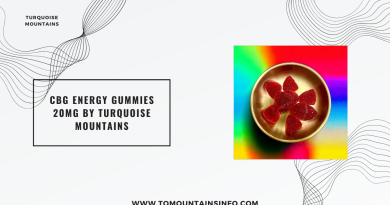How the Ziverdo Kit Was Intended to Be Used
The Ziverdo Kit is a combination of medications that gained attention during the COVID-19 pandemic. It was often promoted for its potential use in treating or preventing COVID-19, though it is important to note that its use for this purpose is not officially approved by major health organizations like the World Health Organization (WHO) or the U.S. Food and Drug Administration (FDA). The Ziverdo Kit typically contains three components:
- Zinc Acetate:
- Dosage: Often around 50 mg.
- Purpose: Zinc is an essential mineral that plays a role in immune function. It was hypothesized that zinc might help reduce viral replication, though evidence supporting its effectiveness against COVID-19 is limited.
- Doxycycline:
- Dosage: Usually 100 mg.
- Purpose: Doxycycline is an antibiotic that is commonly used to treat bacterial infections. In the context of COVID-19, it was thought to have anti-inflammatory properties and potential antiviral effects, although this use is not well-supported by clinical data.
- Ivermectin:
- Dosage: Typically included as 12 mg.
- Purpose: Ivermectin is an antiparasitic medication. During the pandemic, there was significant interest in ivermectin for COVID-19 treatment, but major health authorities have not approved it for this use due to insufficient evidence of its effectiveness and safety in treating COVID-19.
The Ziverdo Kit was often recommended as a short-term treatment regimen, generally spanning 5 to 7 days, with instructions for taking each component at specific times during the day. The exact regimen might vary depending on the prescriber or the country where it was being promoted.
It was often promoted for its potential use in treating or preventing COVID-19, though it is important to note that its use for this purpose is not officially approved by major health organizations like the World Health Organization (WHO) or the U.S. Food and Drug Administration (FDA). The Ziverdo Kit typically contains three components
Precautions and Controversy
- Lack of Official Approval: The use of the Ziverdo Kit for COVID-19 is controversial because it has not been approved by major health authorities. The evidence supporting its use is largely anecdotal or from small studies, which do not meet the rigorous standards required for official recommendations.
- Potential Side Effects: Each component of the Ziverdo Kit can have side effects. For example:
- Zinc can cause gastrointestinal upset, including nausea and diarrhea.
- Doxycycline can cause photosensitivity, gastrointestinal disturbances, and, in some cases, allergic reactions.
- Ivermectin can cause dizziness, nausea, and in rare cases, more severe neurological effects.
- Drug Interactions: The combination of these drugs could potentially interact with other medications a person might be taking, leading to adverse effects.
Conclusion
The Ziverdo Kit is an example of an off-label treatment regimen that gained popularity during the COVID-19 pandemic despite a lack of strong clinical evidence supporting its effectiveness. If considering the use of such a kit, it’s crucial to consult with a healthcare provider to understand the risks and benefits, as well as to explore other more established treatments and preventive measures for COVID-19.
The Ziverdo Kit was often recommended as a short-term treatment regimen, generally spanning 5 to 7 days, with instructions for taking each component at specific times during the day. The exact regimen might vary depending on the prescriber or the country where it was being promoted.




